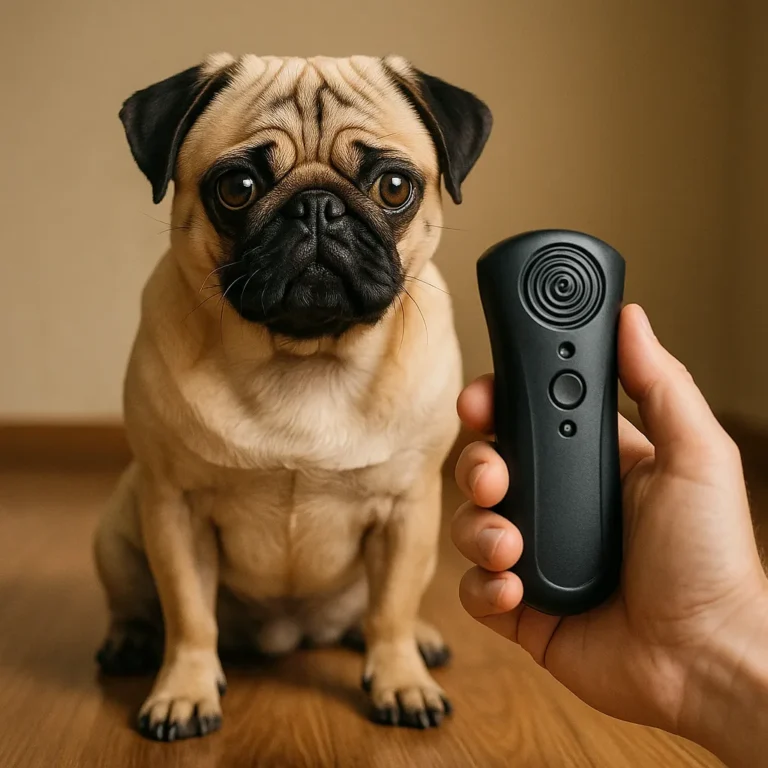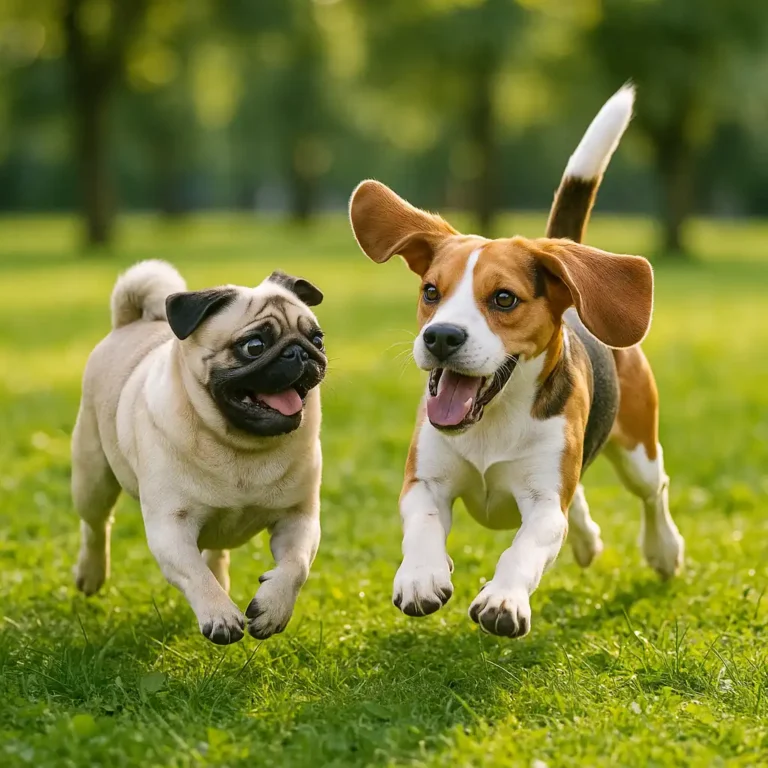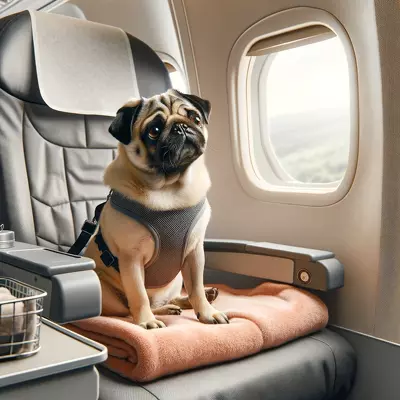Can a Pug Be a Service Dog? Important Facts to Consider

Disclosure: This post contains affiliate links. As an Amazon Associate, I earn from qualifying purchases—at no extra cost to you.
Pugs may not be the first breed that comes to mind when you think of service dogs, but don’t count them out too quickly. These compact, affectionate companions are more than just lap dogs. With the right training and support, pugs can serve important roles in the lives of people with specific needs. Let’s explore whether a pug can truly be a service dog and what that entails.
Understanding Service Dog Roles
Service dogs are specially trained to assist individuals with disabilities by performing specific tasks. These may include guiding the visually impaired, alerting people with hearing loss, retrieving items, or recognizing the onset of medical episodes like seizures or low blood sugar. Service dogs must be intelligent, trainable, calm under pressure, and focused on their handler.
Do Pugs Meet the Criteria?
Pugs are loving, loyal, and eager to please—traits that serve as a solid foundation for training. While they aren’t typically seen in guide dog roles due to their size and physical limitations, they can perform certain support tasks effectively. For example, pugs can be trained to alert their owner to specific sounds, retrieve lightweight items, or provide deep pressure therapy for individuals with anxiety.
However, it’s worth noting that pugs are brachycephalic, meaning they have short snouts and are prone to breathing issues. This can make handling high-stress situations, intense physical exertion, and extreme temperatures more difficult for them. Their stamina is limited compared to larger or more athletic breeds often used as service dogs.
Ideal Tasks for Pugs as Service Dogs
While pugs may not be ideal for all service dog tasks, they can thrive in roles such as:
- Psychiatric support: Providing calming pressure during anxiety attacks
- Hearing alerts: Notifying owners of alarms or doorbells
- Routine reminders: Alerting owners to medication times
- Emotional support: Offering comfort and companionship during stressful situations
A well-trained pug can improve the daily lives of individuals who do not need mobility support or physical assistance.
Training Matters Most
Regardless of breed, a service dog must undergo rigorous and consistent training to perform tasks reliably. A pug’s willingness to bond with its handler can be a powerful asset during this process. Still, it’s essential to assess each dog’s temperament, health, and ability to complete required duties.
A service pug must be able to focus, avoid distractions, and maintain composure in public settings. With professional guidance and commitment from the owner, some pugs can meet these expectations.
Conclusion
So, can a pug be a service dog? The answer is yes—but with limitations. Pugs are best suited for emotional support and light-duty service roles, especially those related to mental health or simple task reminders. Their temperament and devotion make them strong companions, and for the right person, a pug might just be the perfect partner.






